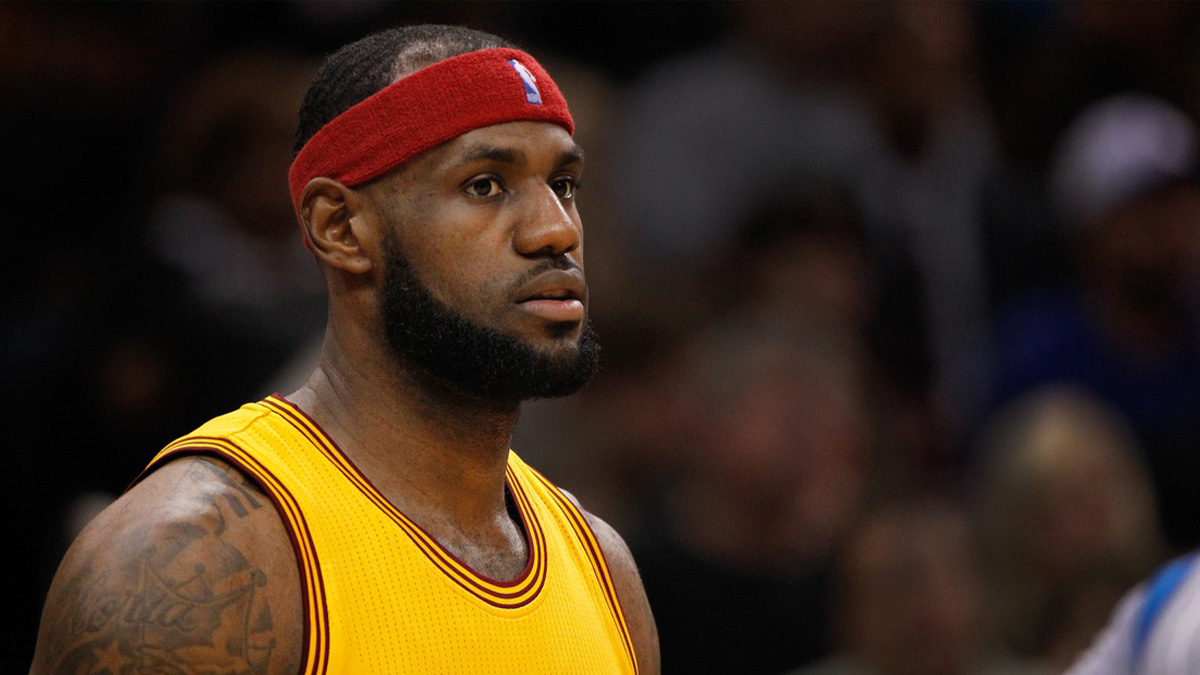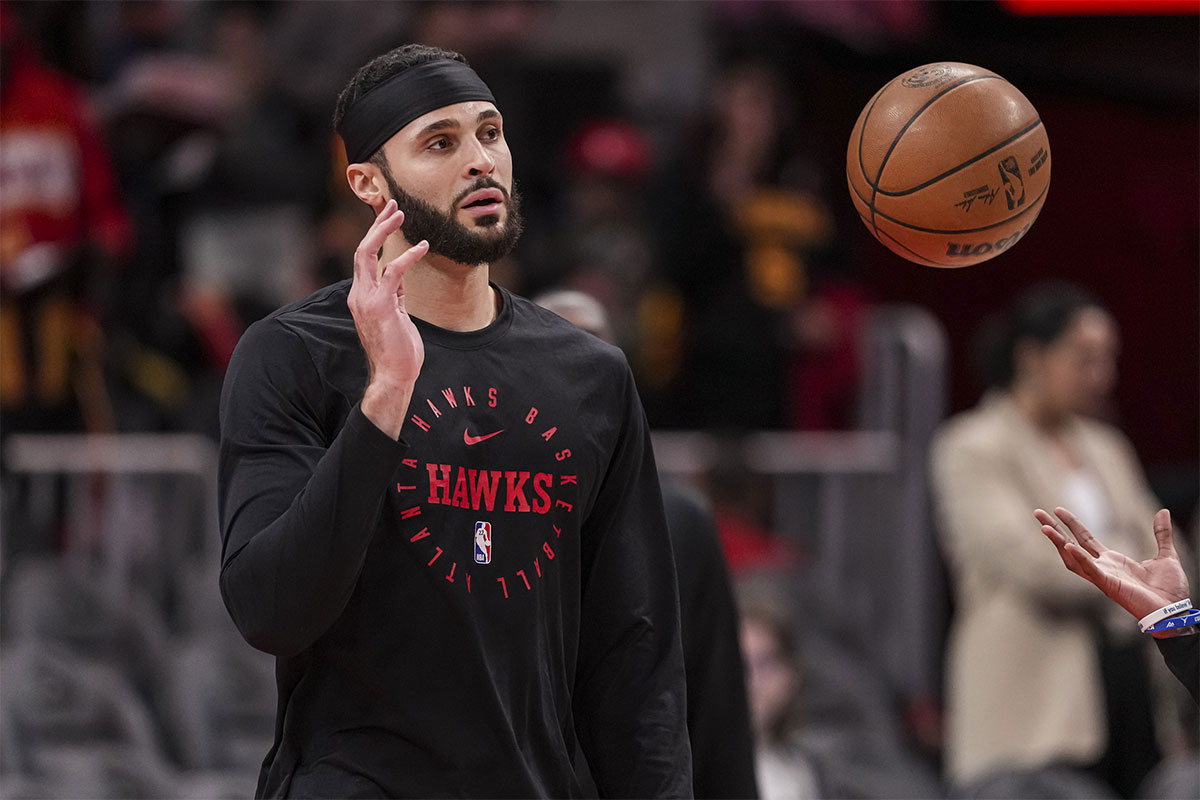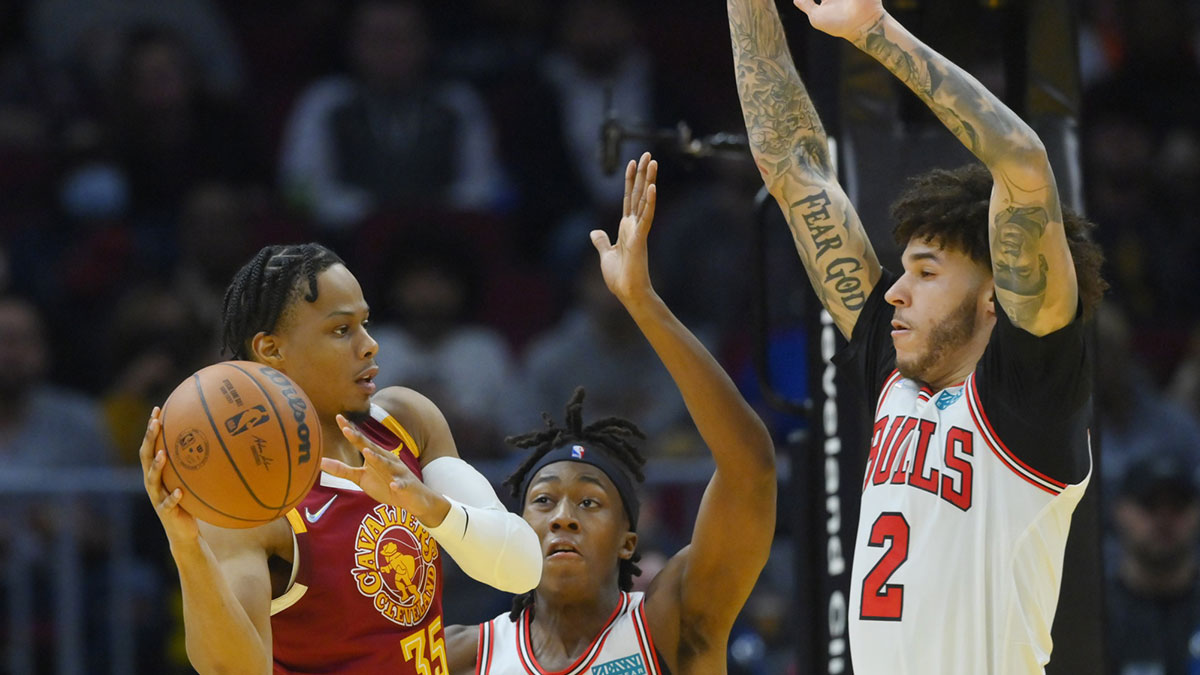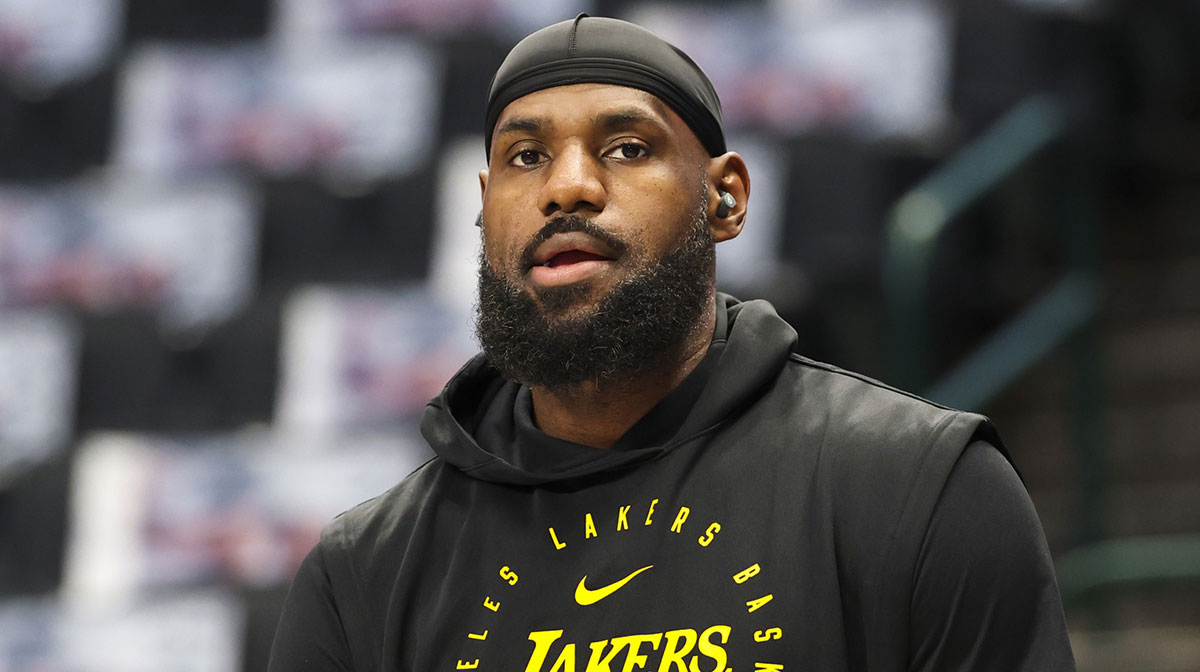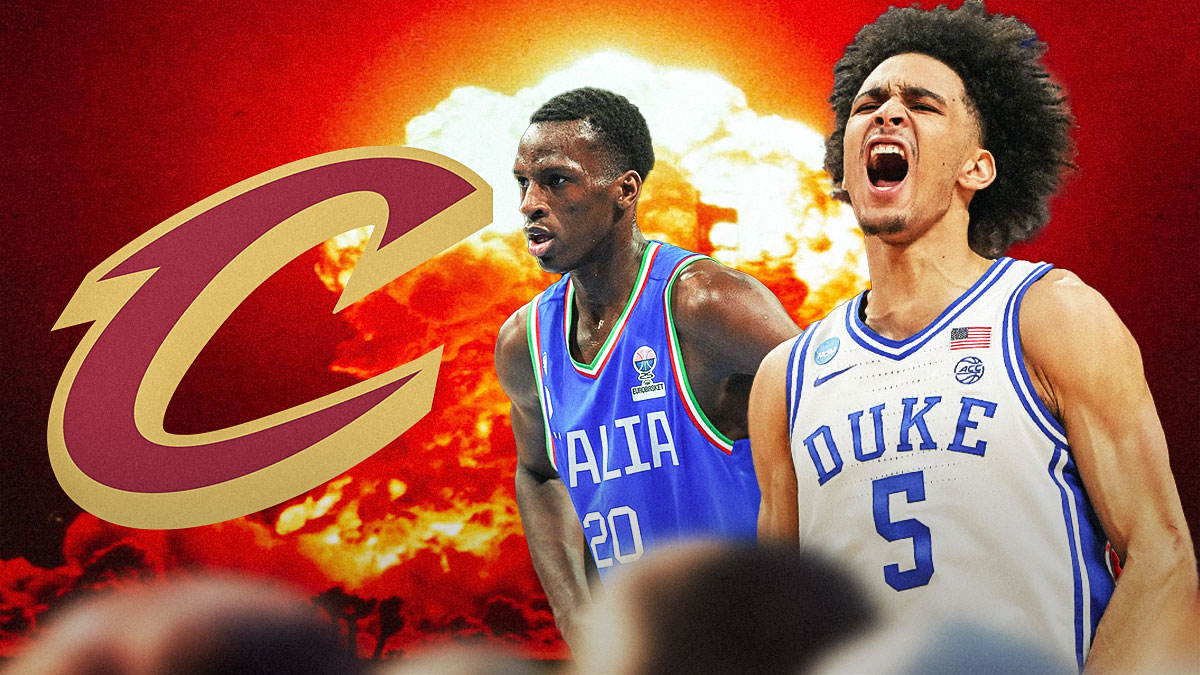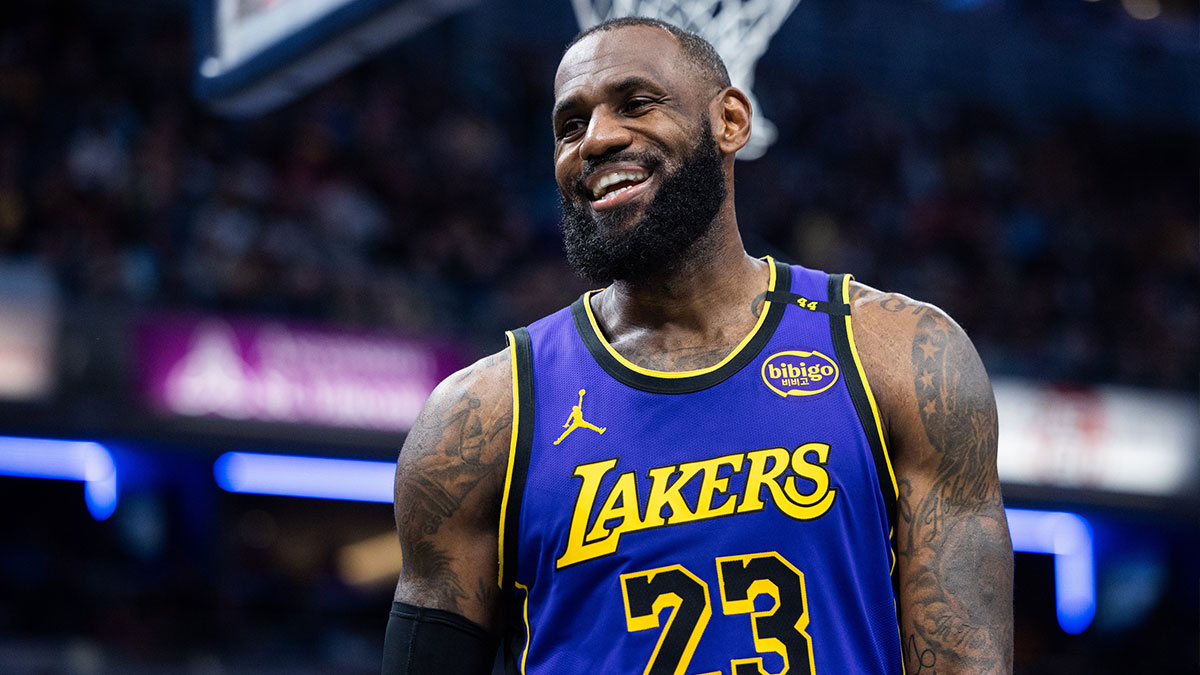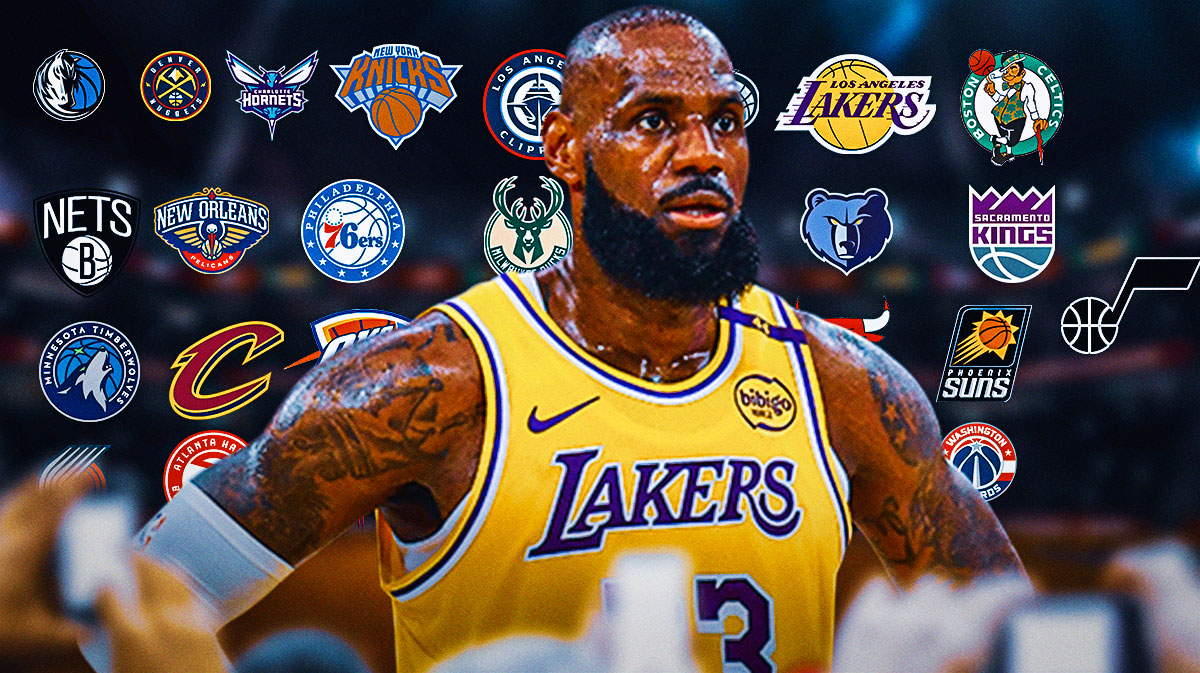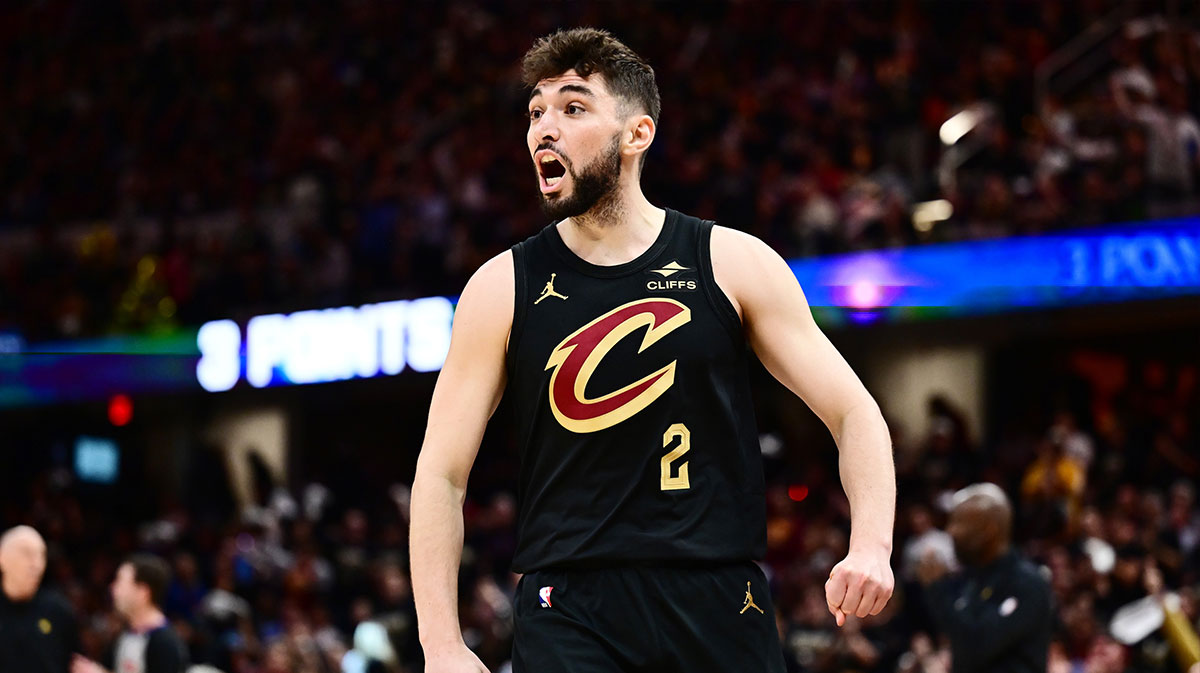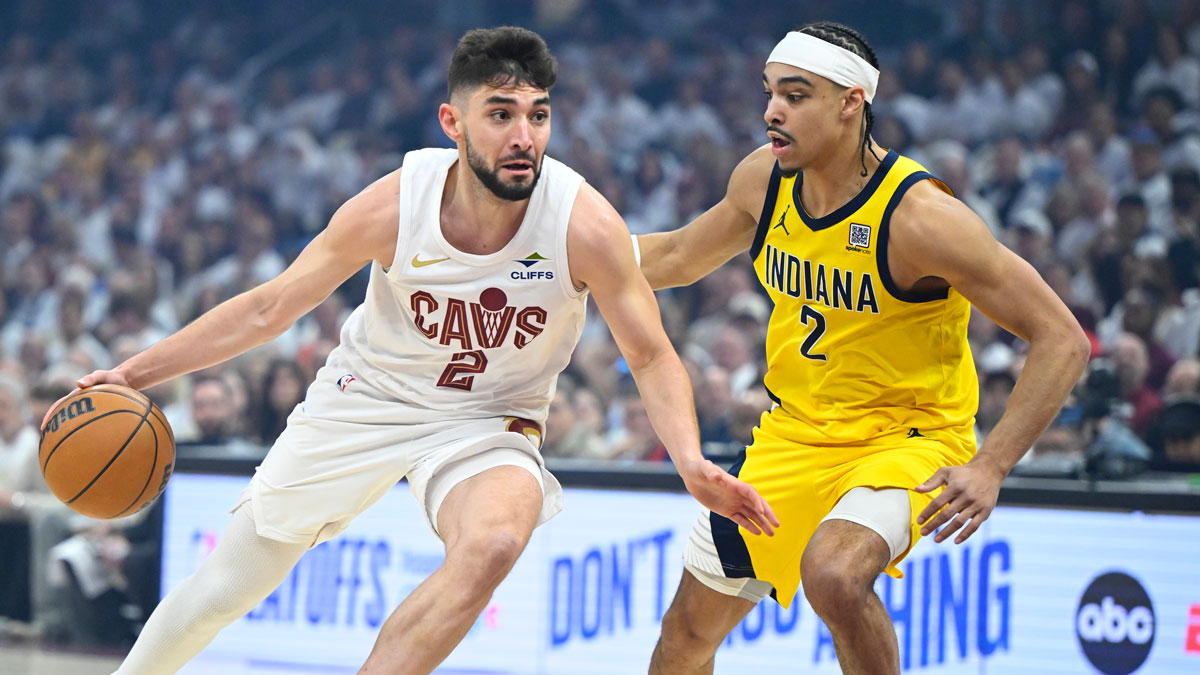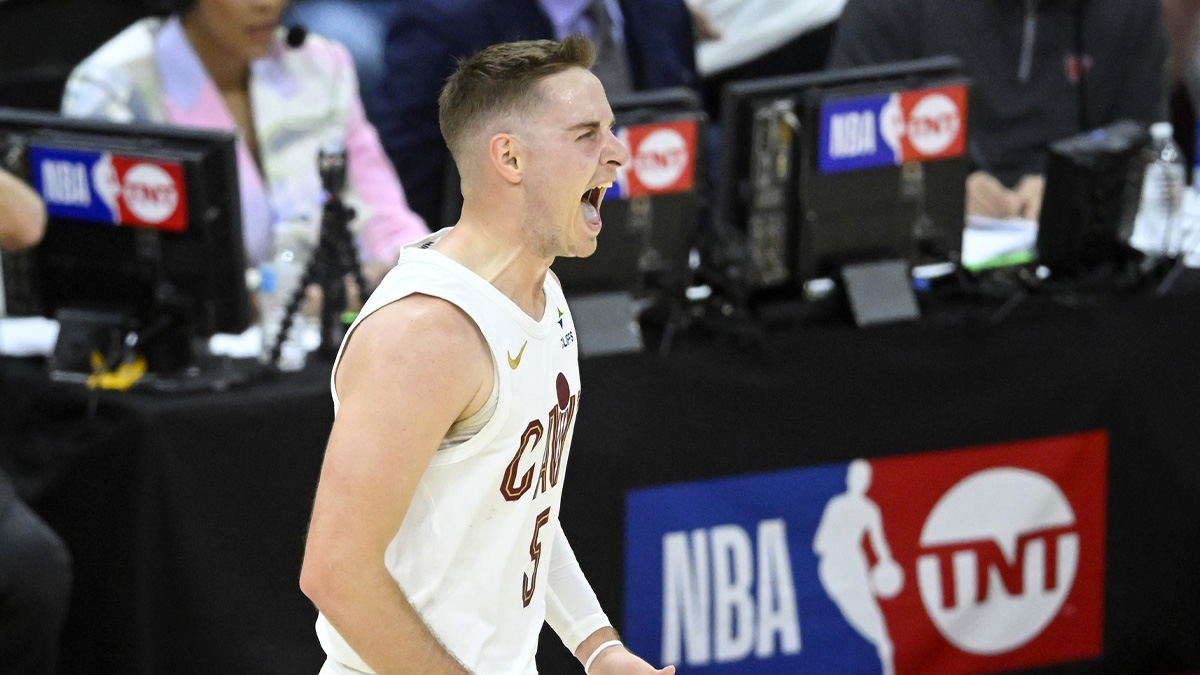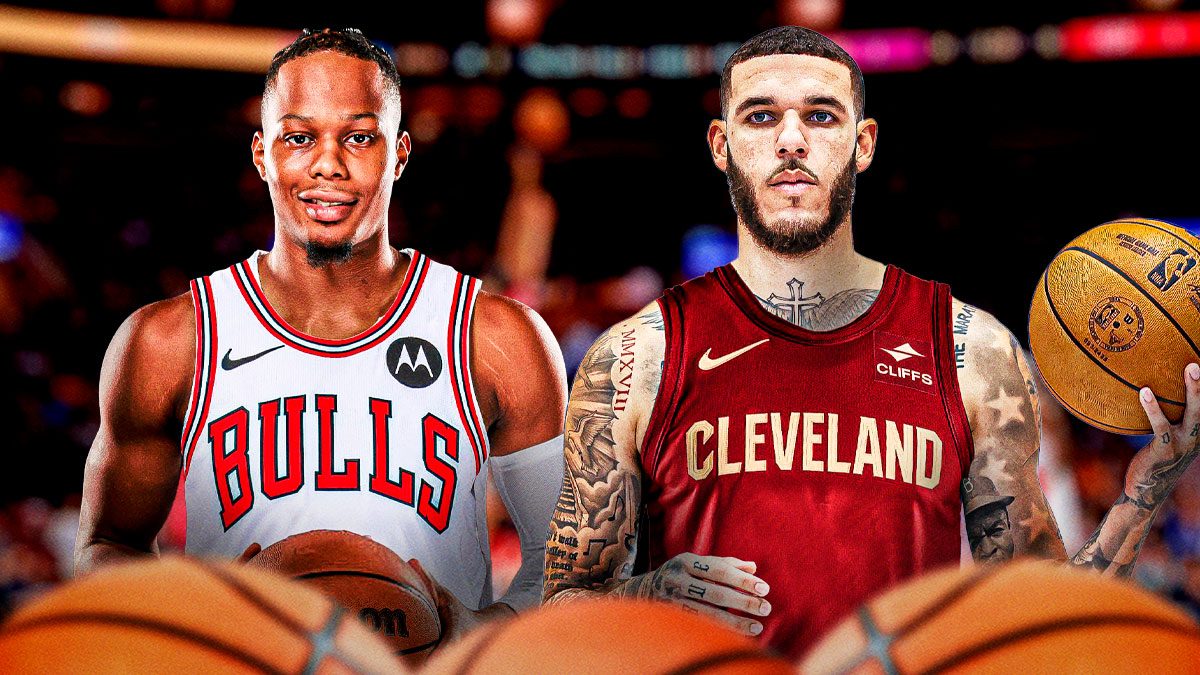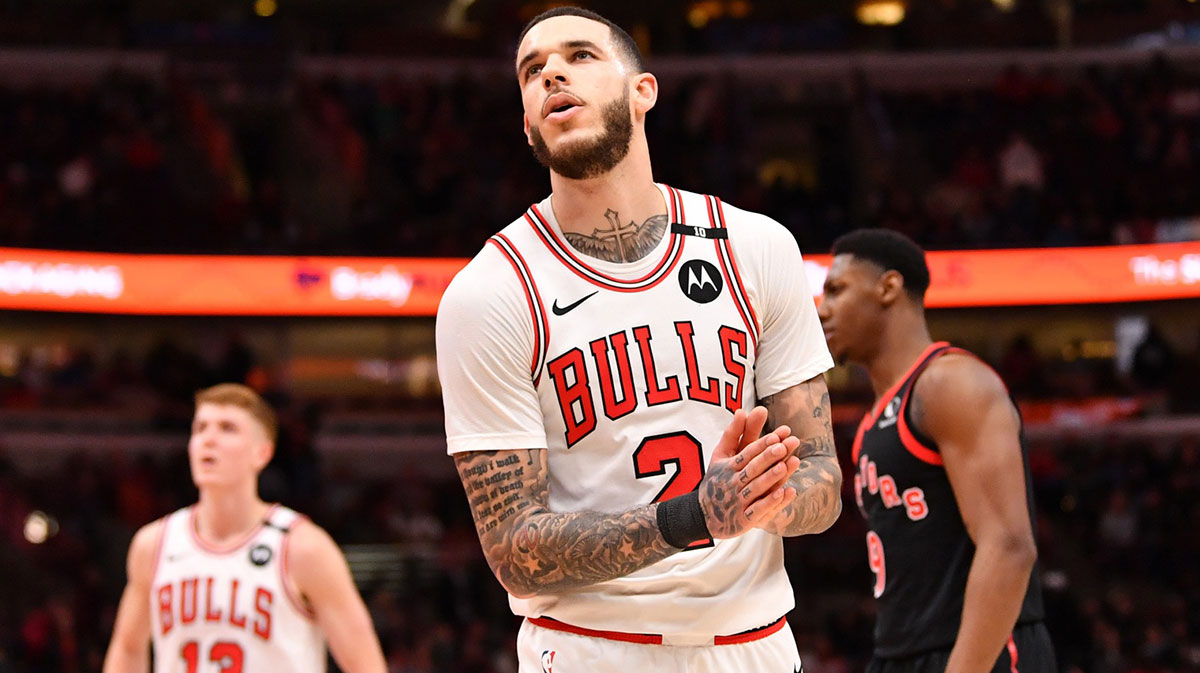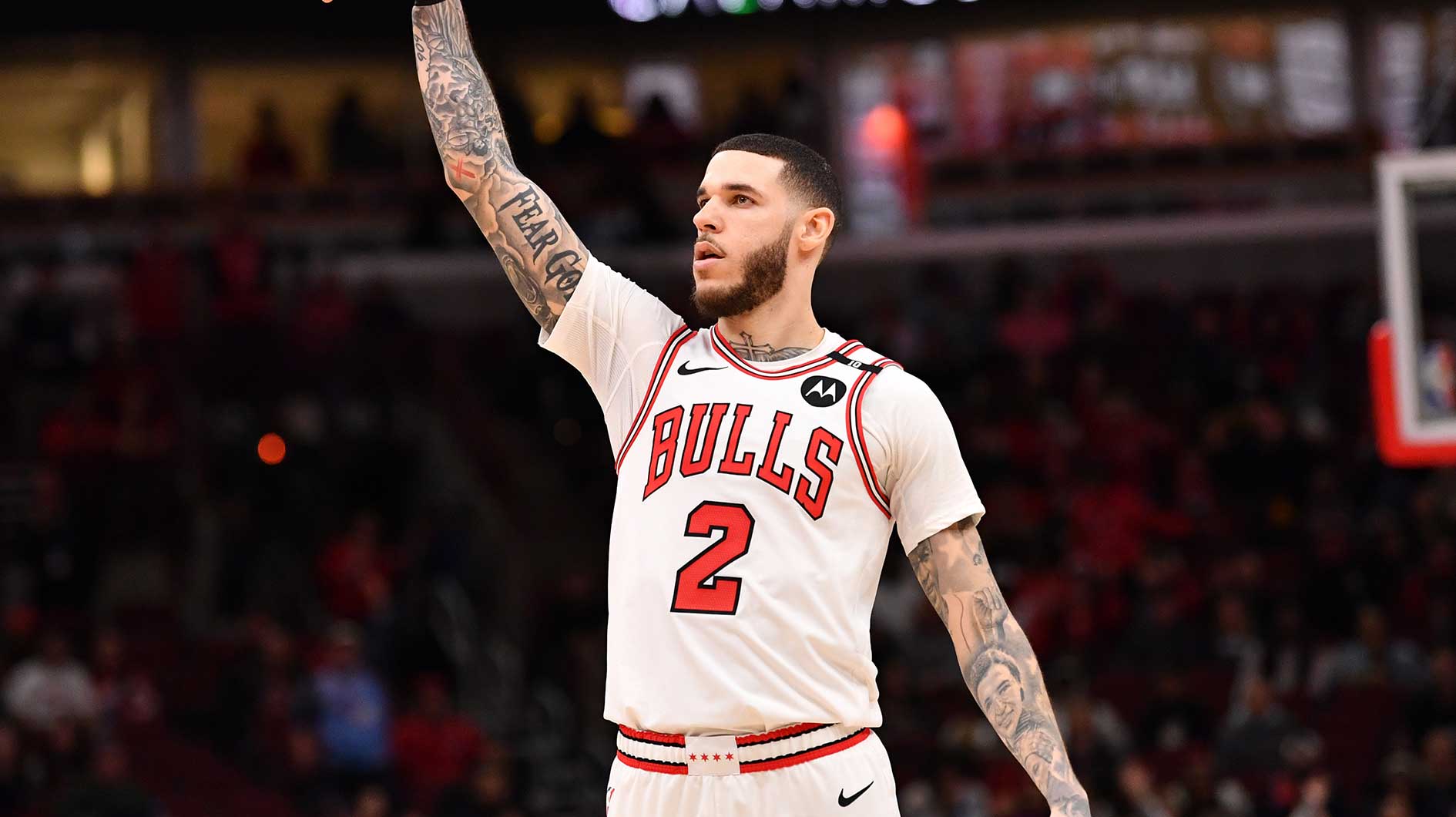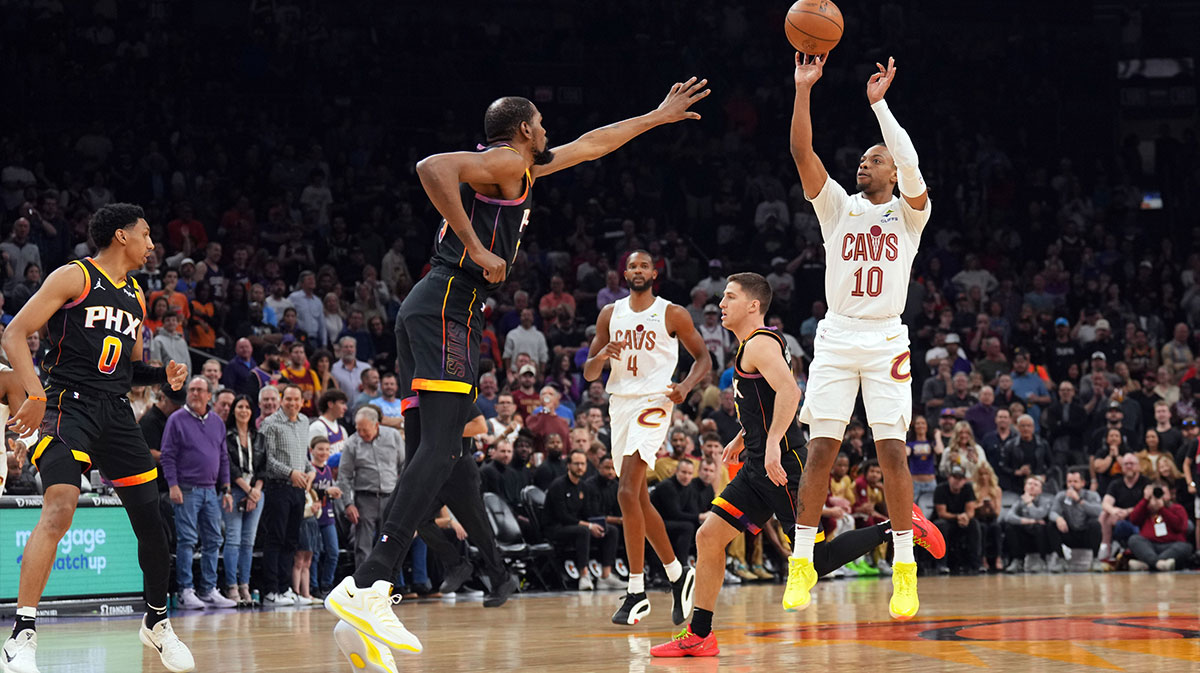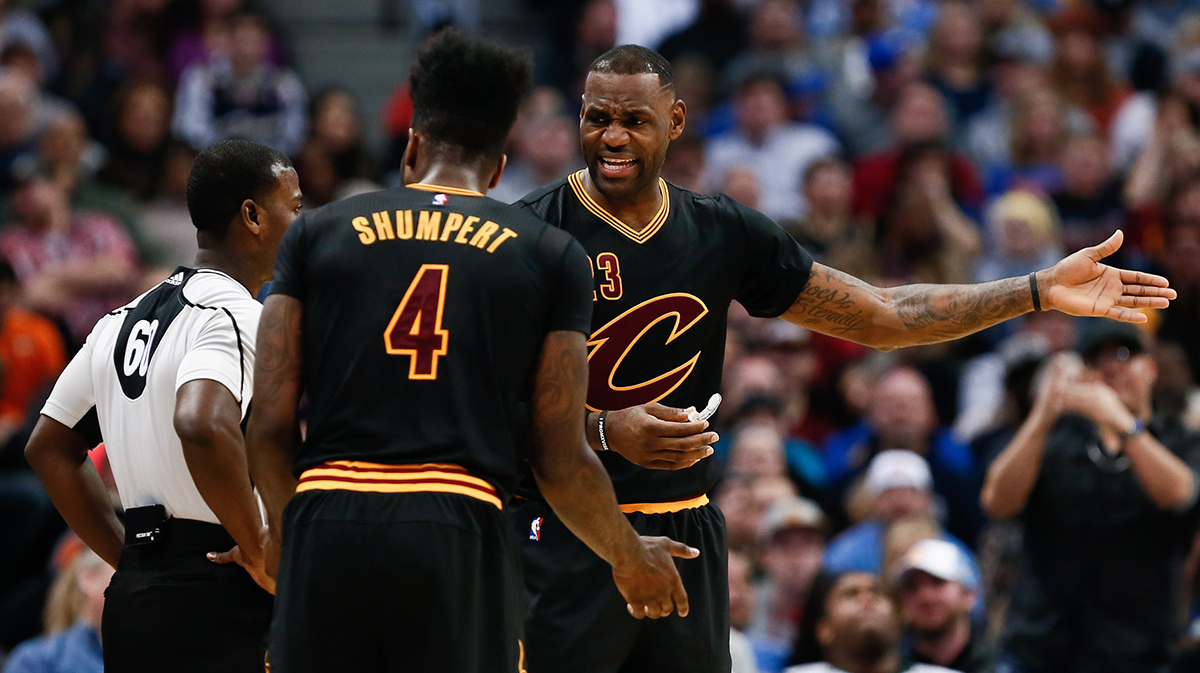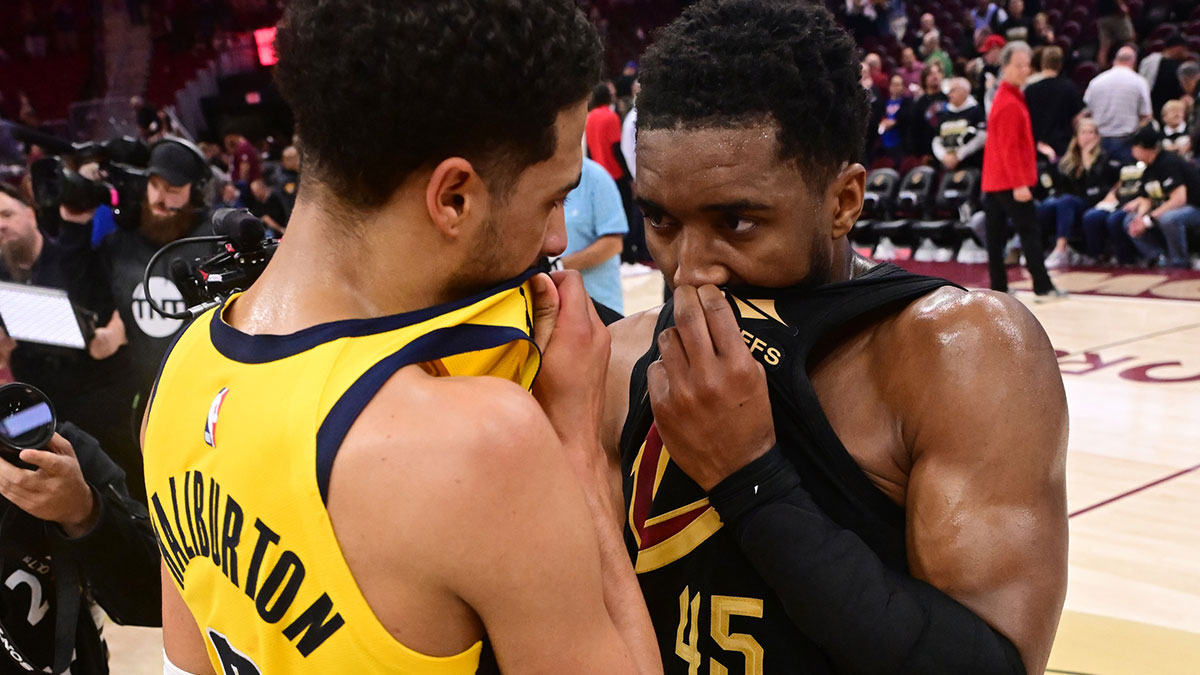The NBA is in love with PR and marketing. Although it will never be admitted, the league loves rumors, speculations and most of all team and player rivalries. Because at the end of the day, it all promotes the product which is the NBA itself. That’s why the so-called Christmas games have turned into one of the biggest regular season events. If this tendency continues they will surely eclipse the all-star weekend which right now is in dire straits. These games attract an almost completely guaranteed viewers’ attention due to the holiday. Which translates into money from advertising and viewership. The NBA would never part ways with this piggy bank.

As a matter of fact the league is doubling down. Examine this ‘coincidence’ – since Christmas day of 2015 there have been three consecutive match-ups between the Golden State Warriors and Cleveland Cavaliers. These games have taken a life of their own as the league has somewhat become a two-horse race between the Dubs and the Cavs. This year’s Christmas duel was just as massive as the last two if not bigger. But in a way it was a recipe for disaster.
With Stephen Curry out for the Warriors and the PG position left to second tier players for the Cavaliers it was expected to be a head-to-head duel between LeBron James and Kevin Durant. And it turned into one at the last minute of the game. Unfortunately, it did not provide a clear answer to the question who is number 1 in the NBA. Which made fans on both sides jump at each other’s throats. However, this Christmas game exposed a big problem in the NBA. Something concerning the modern day game more than an imaginary torch being passed down.
The final 2 minutes of the very same match-up showed us that the play reviews aren’t helping the game. What’s worse, they create delays, provoke even more fan confrontations, and put a stain on officiating as a whole.
Let’s relive those last minutes in Oracle Arena on the 25th of December 2017.

With 1:50 on the clock the Warriors have the ball in Cleveland’s half. Draymond Green is in the paint area and tries a quick pass to Andre Iguodala. The pass is intercepted by LeBron James who then collides with the trailing Iguodala to get the possession. Unfortunately, the ball ends up out of bounds. The refs can’t make a decision and call for play review. Which lasts for two whole minutes. Meanwhile, nobody pays attention as both teams end up having an uncalled timeout. A superb opportunity for the attacking team to talk plays and positioning. At the end, the replay just states the obvious – Warriors’ ball. Something both coaches knew and had set up their tactics accordingly.
Then we go to 1:15. This is the part that got fans heated after the game. LeBron James is guarded by Kevin Durant as he tries a fast move towards the basket. There is clear contact which remains uncalled. The ball is yet again out of bounds. The possession goes to Golden State. The whole sequence remains without a review because there was a firm decision who touched the ball last.
However, at 30sec left there was a play review. The ball left the court lines after Andre Iguodala and Dwayne Wade fought for it. This gives the Cavs a possession which turns into their last offensive play. At 25 seconds left LeBron James tries to make a dash to the basketball. In spite of his attempt. Kevin Durant is there to slap the ball off his hands with clear contact. There is a review by the refs to establish who last touched the ball.

Let’s sum up those last two minutes. For 120 seconds of play there were 310 seconds of replay pause. With so much time dedicated to making the right call, one would assume the refs would make it. But they didn’t. Or to be fair they really couldn’t. Because it were the specifics of replays that prevented them to do so.
Reviews only matter for situations like determining offensive charges, stepping on lines, last touches for possessions, buzzer-beaters, 3-seconds in the paint or positioning in the restricted area. All of this is great for making the game fair. However, it is one step forwards and one backwards. Jeff van Gundy said clearly in the game commentary. Fouls and non-fouls are not subject to the replay rules. Therefore they remain as called on the play. The referees cannot change their decision even if they watched 2 minutes of footage proving their call wrong.
What’s worse is that the NBA may in fact throw the refs under the bus for their missed calls. Ever heard of the “NBA Officiating Last Two Minute Report”? These are play-by-play break-downs of the game’s last minutes. And for the Christmas game the NBA analysis showed the refs messed up on four different occasions in the last two minutes.
From 1:33 remaining in the CLE-GSW Christmas Day game to 24.5 seconds left the NBA says the refs missed three fouls on Kevin Durant and one foul on LeBron James in the last two minute report released today. pic.twitter.com/SFPuGwHIR5
— Dave McMenamin (@mcten) December 26, 2017
And they did the very same thing last Christmas game. In the final seconds of the game former Cavalier Richard Jefferson appeared to step on Kevin Durant’s foot which let to KD tripping and the time expiring. It was a no-call. But the final report showed otherwise. So, even if the refs try their best, they can make a mistake like any normal human being. That’s why there are replays in order to help. But when it comes to fouls these replays are almost completely useless. This is a major issue that the NBA is ignoring. Instead, the league publishes these reports that end up tarnishing the referees' professionalism and reputation.

As if that was not enough, it appears that replays are done only on plays that are called by the refs. So if there is no whistle a play comes and goes without a review. A prime example was the Thunder – Bucks matchup on the 29th of December. The game was tied 95 points a piece with Milwaukee inbouding the ball. It ended up in Antetokounmpo's hands who tried do cut to the basket from the sideline. He slipped by his guard Josh Huestis and went for a dunk. With two points up and less than a second in the game the Bucks left town with a win. But it was not that simple.
Replay clearly showed Greek Freak stepping out of bounds while driving to the rim. You would've expected a play review, right? It's in crunch time, the game hangs on the line, the play is not a foul so there can be a favorable call. Well, there was no replay. It turned out the officials couldn't even make one as there was no whistle on the play.
Official Derrick Stafford on the final sequence via a pool reporter: "In any reviewable matter, there has to be a whistle called on the floor. There was no whistle blown for the play, so we couldn't review it."
— Royce Young (@royceyoung) December 30, 2017
But let's assume there is actually a whistle and the refs decide to have a review in order to make the right call. And there you have another big problem. Throughout those long replay reviews both teams are completely unregulated in what they are doing. Essentially they are getting a “free timeout”. As Jeff van Gundy exclaimed at the sight of the first two minute long replay on Christmas: “Can we make them stay out on the court?” Apparently not thanks to a loop in the rules. The end result is that neither team truly cares about the refs' decision. They already start planning ahead without using their assigned timeouts.
Thankfully, there are various solutions to these problems. Starting with the replay reviews. The easiest thing is to include the fouls into the subjects of review. This will really help the game in term of fairness. It will make those long review periods important as they can change the actual ruling on the court. Especially in the last two minutes when every foul matters. The last Christmas game could have had a different outcome if LeBron James shot four more free throws.
Another positive change could be a limit to review time to a maximum of 45 seconds. The refs usually take so long because they consult with the replay center at Secaucus, New Jersey. Under a time restriction this process will either be abolished or optimized. Either of those cases helps the situation. In the first one the officials would have total control and responsibility. In the other one, the replay center will be ‘on edge’ with a quick consensus rather than over analyzing along with the refs.

Last but not least, the NBA can take an example of the NFL. Which is an interesting possibility. The association should consider introducing coach challenges on plays. For example, each head coach would have one challenge which can be used on whatever referee call that is considered wrong. This may be great for foul plays that are not in the last two minutes. A coach challenge would mean a mandatory review plus a consult with Replay center. If the challenge proves the refs made a mistake the ruling should be changed. In case the challenge is unreasonable a timeout should be taken away from the team that demands a review. Another specific is that a challenge should occur within 15 seconds of the disputed call. This will give just enough time for the coach to react and make his case. The timing and timeout deduction will also prevent the challenge from turning into a game stop and a basic pause to draw plays.
Take this play which occuredd in the Portland – Milwaukee game.
https://www.youtube.com/watch?v=PObfC4ZwoPg
Instead of getting 2 techical fouls, two penalty free throws and parting away with money Portland could have easily challenged this call. That could have saved the NBA community a lot of controversy too which usualy peaks after such events.
Indeed, it is a complex problem. It demands a meeting between the officials, the head-coaches and the commissioner. Chances are good that there will be a consensus. Otherwise, the end product of the NBA will keep creating controversies ruining its quality. Fans want tough duels and showdowns. Not what-if scenarios and squashed hype. Last offseason we saw a change in timeouts and their redistribution. Maybe the replay reviews are next. Hopefully, we won’t see too many match-ups like the one this Christmas before the problems is solved.

